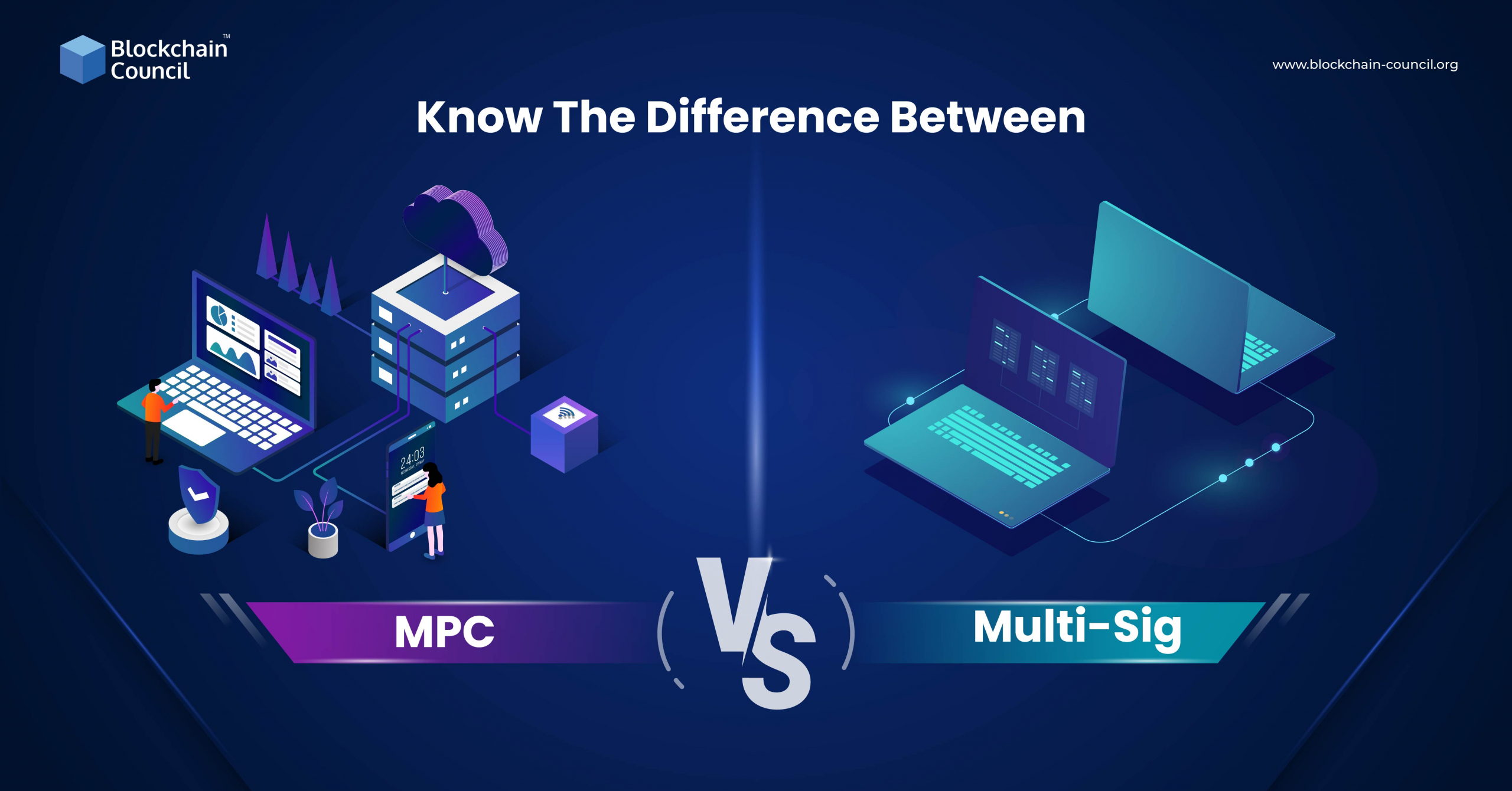
- Avinandan Banerjee
- December 29, 2022
Blockchain isn’t only about cryptocurrencies anymore. It is, by all means, demonstrating its true potential. There are countless ways in which Blockchain is already a change catalyst, and it has had a substantial impact on SMB (small to midsize business) operations.
Blockchain technology is no longer a mysterious or perplexing concept. Organizations are well aware of the technology’s applications. However, understanding how firms are using Blockchain isn’t enough. The financial consequences of this technology must also be considered by businesses. This data is critical for thinking and budgeting for blockchain application solutions.
Blockchain: Overview
The pivotal components of a global or national economy are financial transactions and trading activities. The global economic scheme controls transactions worth trillions of dollars while serving billions of customers. However, both parties need to pay a transaction fee because of the involvement of beneficiary intermediates in the transactional process. To carry out such transactions without the requirement of intermediaries, introducing blockchain technology proved beneficial. Blockchain provides a digital transaction ledger where the recording of all digital transactions is done.
In brief, Blockchain is a hybrid of a shared ledger, cryptography for high security, and an accounting system to handle transactions over the network.
Blockchain technology has both prospect qualitative and quantitative benefits if deployed in the right direction. Besides proving its worth in cryptocurrency, this technology is also beneficial in several industries like supply chain, real estate, banking, financial sectors, etc.
Blockchain Technology: Save Costs
The driving stimulus behind exploring new technologies is accomplishing tasks faster and economically. Also, the current trend of digitization is driving businesses to pace up and integrate with the trends.
Let us explore how blockchain applications help businesses to save costs.
- third – party elimination and associated costs
- crowdfunding
- operational costs minimization
- technological customization
- better compliance
Third-party elimination and associated costs
The primary objective of inventing blockchain technology was eliminating the third parties, that is, the intermediaries. The conventional system of negotiating a real estate deal by two organizations involved lawyers, banks, brokers, and the government, thus consuming more time and increasing deal costs. The introduction of blockchain technology made it possible for the two parties to deal directly with the transaction. Thus, the direct involvement of the dealing parties minimized the operational costs and the time consumption. In addition, the cryptographic, time-stamped, and tamper-proof features of Blockchain make it highly secure. The validation of information regarding the transaction can be done from anywhere by anyone authorized on the blockchain network.
Crowdfunding
Crowdfunding is the exercise of funding a project by raising money from a crowd of individuals, where each individual contributes some amount generally via the internet. Decentralized crowdfunding by STOs (Security Token Offerings), ICOs (Initial Coin Offerings), and now IEOs (Initial Exchange Offerings) have helped projects bypass some investors. In addition, raising money for startups using innovative means like Blockchain is faster and economical, whereas the traditional fundraising process consumes much time and service fees.
Operational costs minimization
Deploying a blockchain system can help organizations minimize overhead expenses by narrowing transaction costs. Cryptocurrency payments are carried on a decentralized system and are under the control of peer-to-peer networks, thus eliminating the need for centralized authentication. This allows companies to receive payments through cryptocurrency and pay fewer transactional costs.
Now the businesses can transact globally instantly and economically without any hurdles because of the peer-to-peer cryptographic system. Moreover, the use of smart contracts to automate transactions helps reduce instances of claim filing in case of contract violation. Also, Blockchain helps to enhance the efficiency of the supply chain industry, as tracking products is more systematic and transparent.
Technological customization
One of the significant benefits of deploying Blockchain is the delivery of optimized analytic tools. Businesses can grasp a better interpretation of the market trends and consumer requirements by optimizing their tools. Blockchains function as the backbone for customized analytic tools and AI techniques that have significantly contributed to the better functioning of businesses. This involves faster communication and data collection, global reach, and a transparent and reliable system.
Businesses can also upgrade their operations via tokenizing their services to gain consumer loyalty and praising them for their participation.
Better Compliance
Several organizations need digital identification technology and KYC (know your customer) to develop easy identity verification platforms for different companies. This helps to achieve better transparency, optimize data access and manage the IT costs while remaining in compliance with the certification protocols.
Blockchain offers an encrypted data storage feature that makes the data highly secure and unalterable. Switching to a ledger-based ID system protects the network from vulnerable attacks or decrypting a user’s identity. Shielding the operational and customer data is highly essential for businesses, as any violation can seriously impact the enterprise image.
Blockchain Applications: Building Costs
Different factors contribute to the building costs of blockchain applications. Let us discuss some of these contributing factors.
- development expenses
- solution costs
- migration, training, and onboarding costs
- storage and electricity costs
Development expenses
The significant rise in the popularity of Blockchain and its applications has led to an escalation in demand for blockchain developers. LinkedIn’s 2018 US emerging jobs rank blockchain developers as first on listing the top five emerging jobs. This shows that the organizations are working enthusiastically in developing blockchain applications.
Developing blockchain applications require professional blockchain developers. The cost of hiring a blockchain developer varies upon its location, skills, experience level, and project scope. The developer also needs to be proficient in web frameworks and programming languages like Golang, NodeJS, Javascript, Ruby on Nails to develop mobile/web applications that deliver accurate blockchain logic.
Also, the developer must be well aware of the working culture of blockchain frameworks such as Hyperledger, R3 Corda. Ethereum, and Multichain. The developer should possess some basic knowledge of specific blockchain programming languages like Solidity, Sophia, Serpent, Vyper.
Solution Costs
An organization has two options to deploy blockchain solutions, a decentralized app (DApp) or an enterprise blockchain. Fresh startups with a blockchain use case idea usually opt for DApp based on public blockchain platforms like Ethereum.
The already established businesses opt for enterprise blockchain to enhance efficiency, minimize costs and optimize their business technology. Enterprise blockchain platforms are usually private and authorized.
However, developing a DApp is much more economical than developing an enterprise blockchain.
Migration, Training, and Onboarding cost
Much expenditure is involved when modifying the entire functional system and relocating the database from a centralized to a decentralized architecture. From hardware to software, professionals, new resources need to be allocated. Not just the IT team but the entire company staff would require proper onboarding. Training the company staff ensures that the staff is well aware and comfortable with the new resources and framework. All these factors add on to the expenditure.
Storage and electricity costs
Depending on the deployed consent algorithms, adopting Blockchain harnesses excessive power costs. Consent algorithms like PoW (Proof of Work) consume computing power to validate the data authenticity aimed for blockchain entry. Adoption of alternative consent algorithms and sophisticated mining equipment are required for mitigation. The cost of data storage is also affected by data redundancy. The increasing data load hampers the speed of the system, thus requiring more storage and an increase in operational cost.
How to learn Blockchain
The introduction of Blockchain has opened the gateway to many opportunities for organizations looking to develop Blockchain-based applications. Thus, proportionally, the demand has also opened the gateways for new employment opportunities.
Novices wondering how to learn Blockchain can search for companies or institutions offering blockchain courses. One of the renowned platforms for learning Blockchain is Blockchain Council. It provides certified courses for both professionals and novices.
Even several organizations are offering online blockchain certification courses. Before enrolling in the blockchain course, you must do proper research about the institution. Also, look for institutions capable of providing field experience apart from theoretical knowledge. Along with the Blockchain certification, field experience will add extra stars to your resume.
Conclusion
According to a report by a freelance platform Upwork, the demand for Blockchain engineering is constantly surging across the globe. Moreover, the varied applications of Blockchain in various sectors like healthcare, banking, and finance, supply chain, open up a wide range of employment opportunities for freshers as well as professionals.
It is pretty clear that building blockchain applications incur high development cost. However, to reduce costs, businesses should not ignore the long-term benefits provided by exploring Blockchain.
The higher the effect of blockchain technology on a particular industry, the higher will be the adoption cost.
There is no denial in acknowledging the fact that Blockchain has brought revolutionary changes in the field of technology in the recent past. It is going to emerge as a prominent factor of change in many industries.





































































 Guides
Guides News
News Blockchain
Blockchain Cryptocurrency
& Digital Assets
Cryptocurrency
& Digital Assets Web3
Web3 Metaverse & NFTs
Metaverse & NFTs
